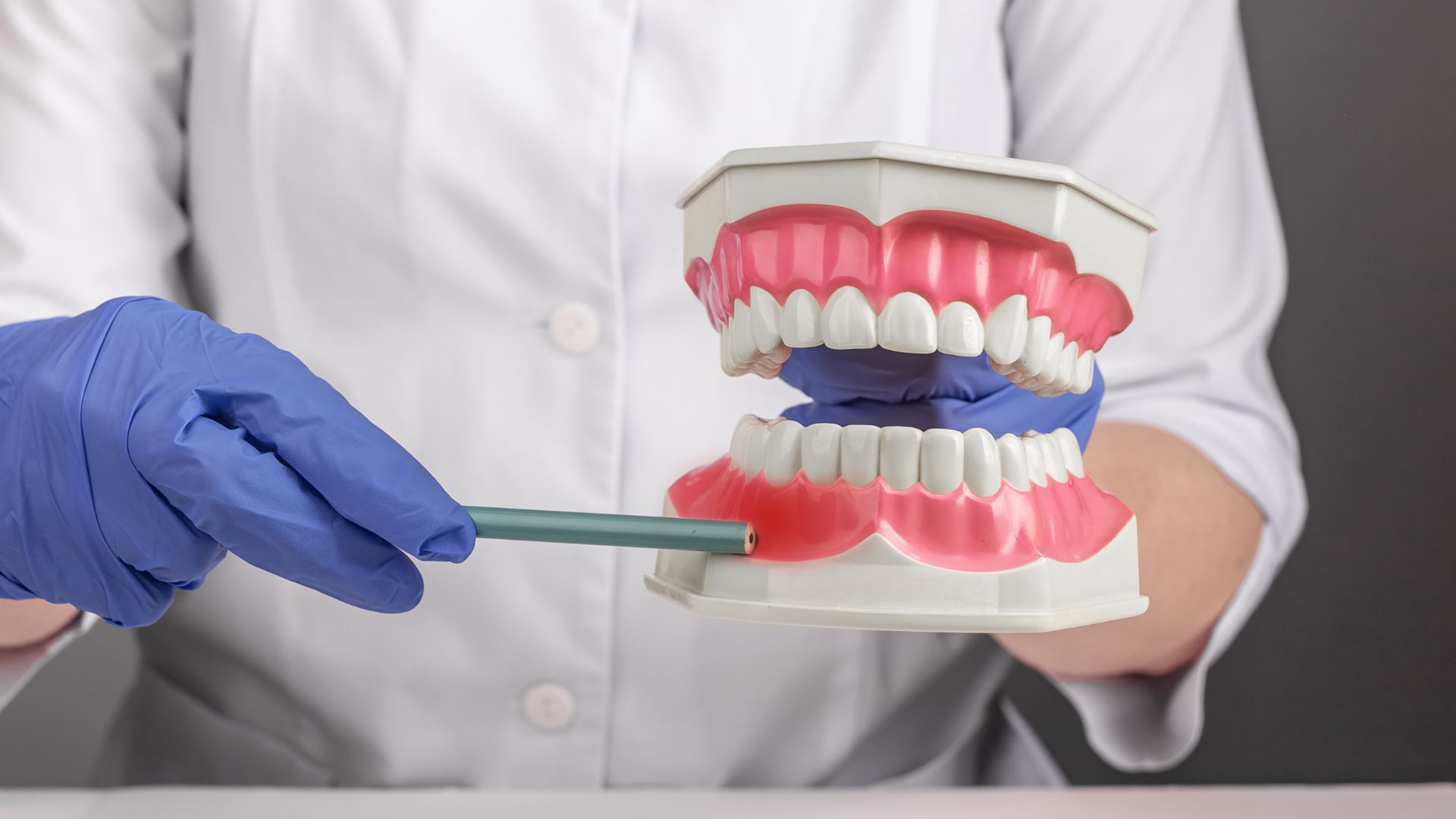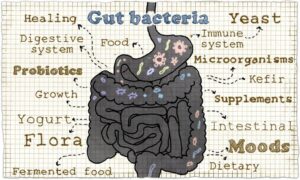
Periodontics: The Art and Science of Healthy Gums
Introduction
Periodontics is a specialized branch of dentistry focused on the structures surrounding and supporting the teeth, primarily the gums and bone. Its main goal is to prevent, diagnose, and treat periodontal disease, also known as gum disease, and to maintain the health, function, and aesthetics of these structures. This article delves into the significance of periodontics, common treatments, and preventative measures to help maintain optimal oral health.
Understanding Periodontal Disease
Periodontal disease encompasses a range of conditions that affect the gums and bones supporting the teeth. It begins with gingivitis, characterized by red, swollen, and bleeding gums, and can progress to more severe forms known as periodontitis. Without appropriate treatment, periodontitis can lead to tooth loss, as the gums recede and the supporting bone deteriorates.
The Role of a Periodontist
Periodontists are dentists who have completed additional years of specialized training in periodontics. They are experts in the latest techniques for diagnosing and treating periodontal disease and are also skilled in performing cosmetic periodontal procedures. These specialists work closely with patients to develop a tailored treatment plan that addresses specific dental needs.
Common Periodontal Treatments
- Scaling and Root Planing: A deep-cleaning method that removes plaque and tartar from below the gum line, helping to treat and prevent gum disease.
- Gum Graft Surgery: Used to cover roots or develop gum tissue where absent due to excessive gingival recession.
- Periodontal Plastic Surgery: Procedures that aim to improve the appearance and function of the gums, often enhancing the smile and facial aesthetics.
- Dental Implants: Replacing missing teeth with artificial structures that are anchored to the jawbone, providing a fixed solution that feels and functions like natural teeth.
Preventative Care and Maintenance
Preventative care is fundamental in periodontics. Regular dental check-ups, proper brushing, and flossing techniques are essential to keep gum disease at bay. Periodontists often work in conjunction with other dental professionals to ensure comprehensive care, advising on preventive strategies that include professional cleanings, tailored hygiene advice, and possibly the use of therapeutic mouthwashes.
The Impact of Technology in Periodontics
Advancements in dental technology have significantly impacted the field of periodontics. Tools such as digital imaging and laser therapy provide more accurate diagnoses and minimally invasive treatment options, improving patient comfort and outcomes. Furthermore, innovations like guided tissue regeneration and the use of biocompatible materials have enhanced the effectiveness of surgical treatments.
Conclusion
Periodontics is a crucial aspect of dental health, focusing on the prevention, diagnosis, and treatment of gum disease. With the help of skilled periodontists, patients can achieve and maintain healthy gums, which are essential for overall oral and systemic health. As research and technology continue to advance, the field of periodontics will likely offer even more effective and efficient treatments, helping individuals to preserve their natural teeth and gums for a lifetime.



